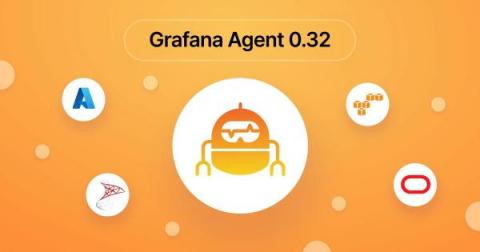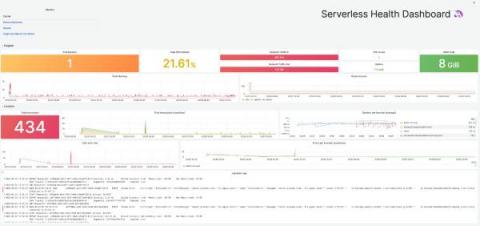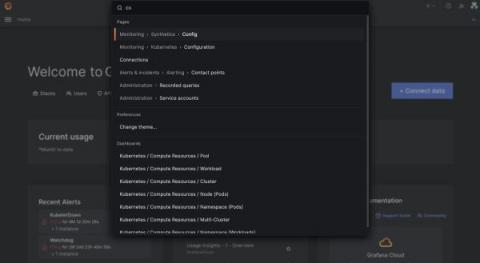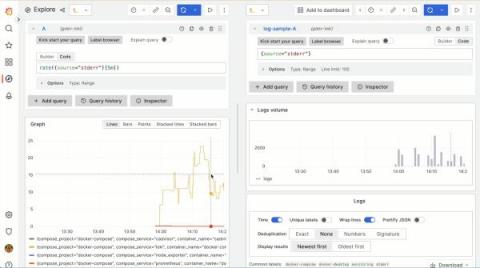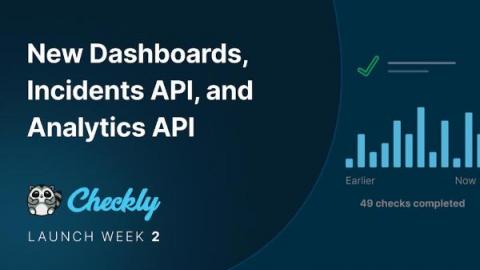Grafana Agent v0.32 release: New integrations with Oracle, AWS, Microsoft Azure, and more
Grafana Agent v0.32 is now available! This release includes a host of new integrations for the Grafana Agent and components for Grafana Agent Flow so you can easily monitor your vital infrastructure. We’re also excited to announce that Flow is no longer in beta. Introduced last fall, Flow is a new configuration mode that makes Grafana Agent easier and more powerful to run.

